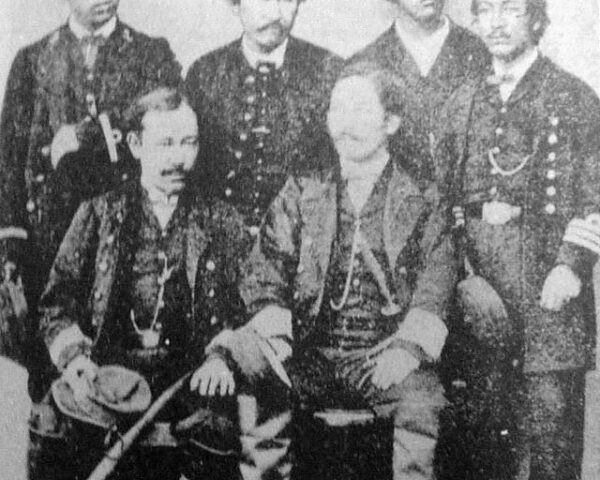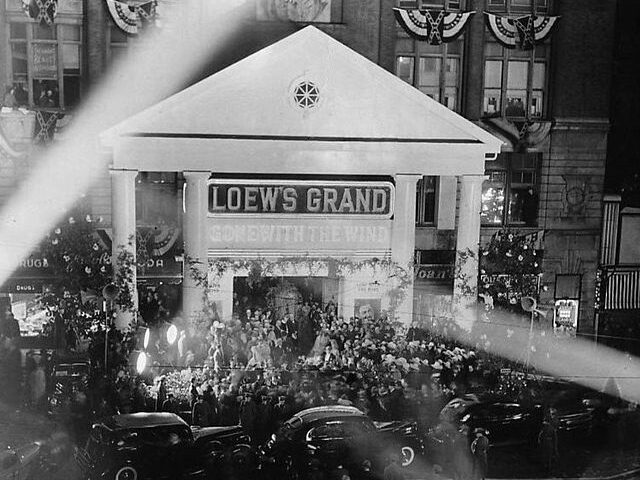“The Lottery,” a short story by Shirley Jackson, was published in The New Yorker magazine on June 26, 1948. Its publication marked a pivotal moment in American literature due to its controversial nature and the profound impact it had on readers and critics alike. The story is set in a small, seemingly idyllic village that conducts an annual lottery with a sinister outcome. Through its narrative, Jackson explores themes of conformity, tradition, and the dark side of human nature.
The story begins with the townspeople gathering in a square on a clear, sunny June 27th. As the townsfolk arrive, children collect stones and adults engage in small talk. The lottery’s procedures are meticulously detailed, from the black box used to draw the names to the atmosphere of unease that gradually builds. The twist ending reveals that the “winner” of the lottery is to be stoned to death by the other villagers, a brutal ritual that underscores the story’s critique of blind adherence to tradition.
Upon its publication, “The Lottery” generated an immediate and intense reaction from the public. Readers inundated The New Yorker with letters expressing bewilderment, anger, and shock. Many were disturbed by the story’s macabre conclusion and its portrayal of ordinary people committing acts of violence without question. Some readers even canceled their subscriptions, unable to reconcile the story’s unsettling message with the magazine’s usual fare.
The story’s reception extended beyond the general readership to critics and academics, who praised Jackson’s masterful use of irony and her ability to evoke horror through the ordinary. “The Lottery” became a staple in discussions of American literature, often cited as an exemplar of the short story form and a powerful commentary on societal norms and human behavior.
Jackson herself was somewhat taken aback by the strong reactions to her story. In her essays and interviews, she recounted the diverse and often extreme responses she received. Despite this, she remained firm in her belief that the story held an important message about the dangers of unexamined traditions and the capacity for cruelty within civilized society.
The New Yorker’s decision to publish “The Lottery” was a bold one, reflecting the magazine’s commitment to literary innovation and willingness to challenge its readers. The story’s publication also cemented Jackson’s reputation as a significant and provocative voice in American fiction. Her ability to blend the mundane with the horrific in such a seamless manner set her apart from her contemporaries and continues to influence writers today.
In the decades since its publication, “The Lottery” has been widely anthologized and studied in schools and universities. It has been adapted into various media, including television, radio, and theater, each interpretation exploring different facets of Jackson’s chilling narrative. The story’s themes of ritualized violence and societal complicity remain relevant, resonating with new generations of readers.
“The Lottery” serves as a testament to short fiction’s power to provoke thought and stir emotion. Its initial publication on June 26, 1948, marked not just the arrival of a significant literary work but also a moment of cultural introspection. Shirley Jackson’s story continues to be a compelling exploration of human nature and societal dynamics, reminding readers of the peril inherent in unquestioned conventional wisdom, particularly from those in charge.






